Insects are a huge group with over 1 million species worldwide, and around 7,000 new ones are discovered every year! These 6-legged invertebrates have a tough exoskeleton and are typically small, yet they can still pack quite a punch, even for a person. This article explores 18 of these diminutive but deadly critters and exactly what makes each one so threatening.
Anopheles Mosquito (Anopheles spp.)

Pfizer reports that female Anopheles mosquitoes transmit malaria, “which causes symptoms like fever, headache and chills that start 10 to 15 days after being bitten; some types of malaria are fatal.” Most common in Sub-Saharan Africa, 247 million cases of malaria are diagnosed every year, and 608,000 of those result in death, of which 76% are children under the age of five.
Aedes Mosquito (Aedes aegypti)
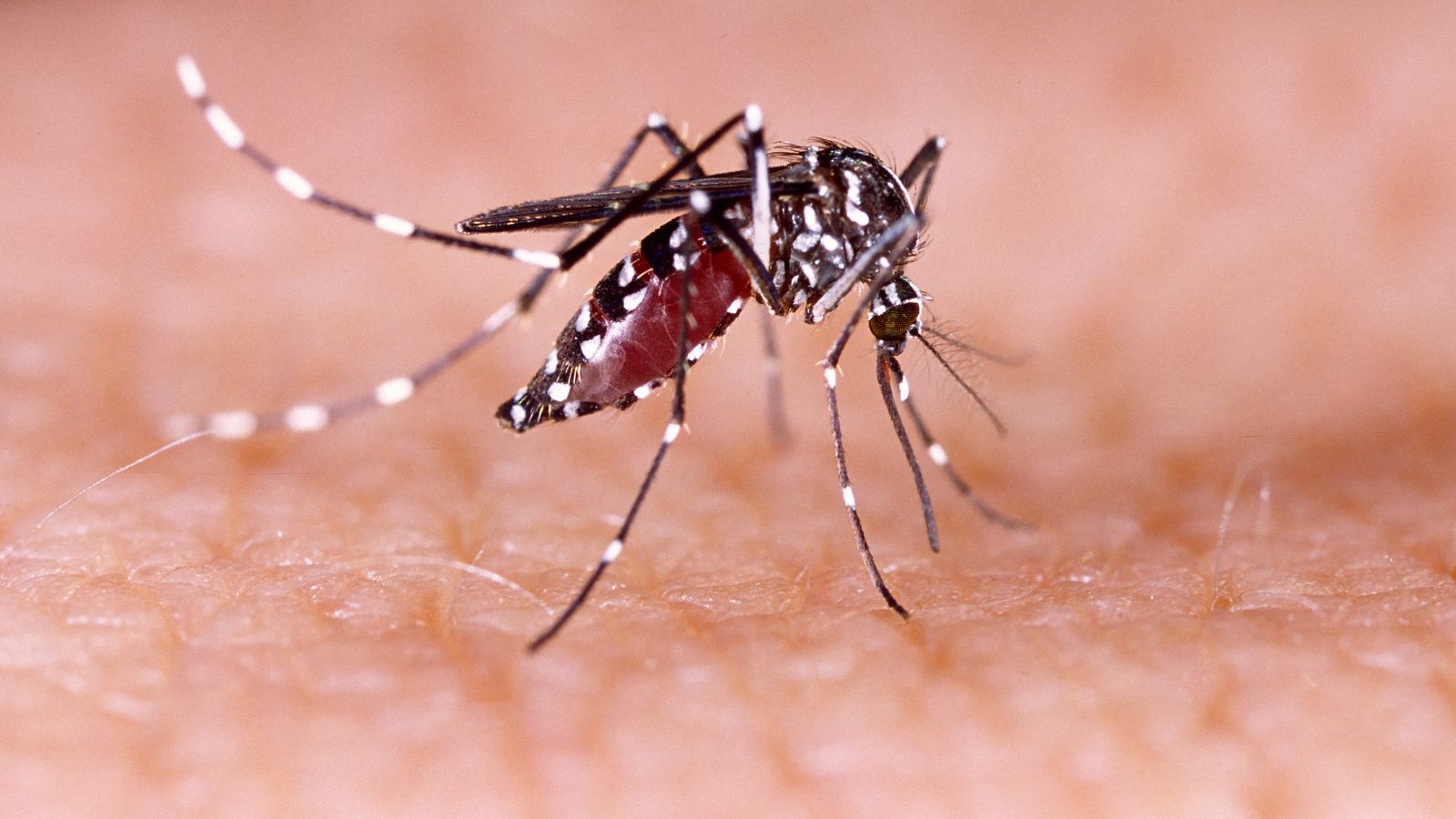
Another carrier of deadly disease, the Aedes mosquito transmits dengue fever, Zika virus, chikungunya, and yellow fever. It has a preference for human blood and likes to breed close to towns and cities, making it particularly adept at quickly causing disease outbreaks—such as a recent increase in Zika virus cases.
Tsetse Fly (Glossina spp.)
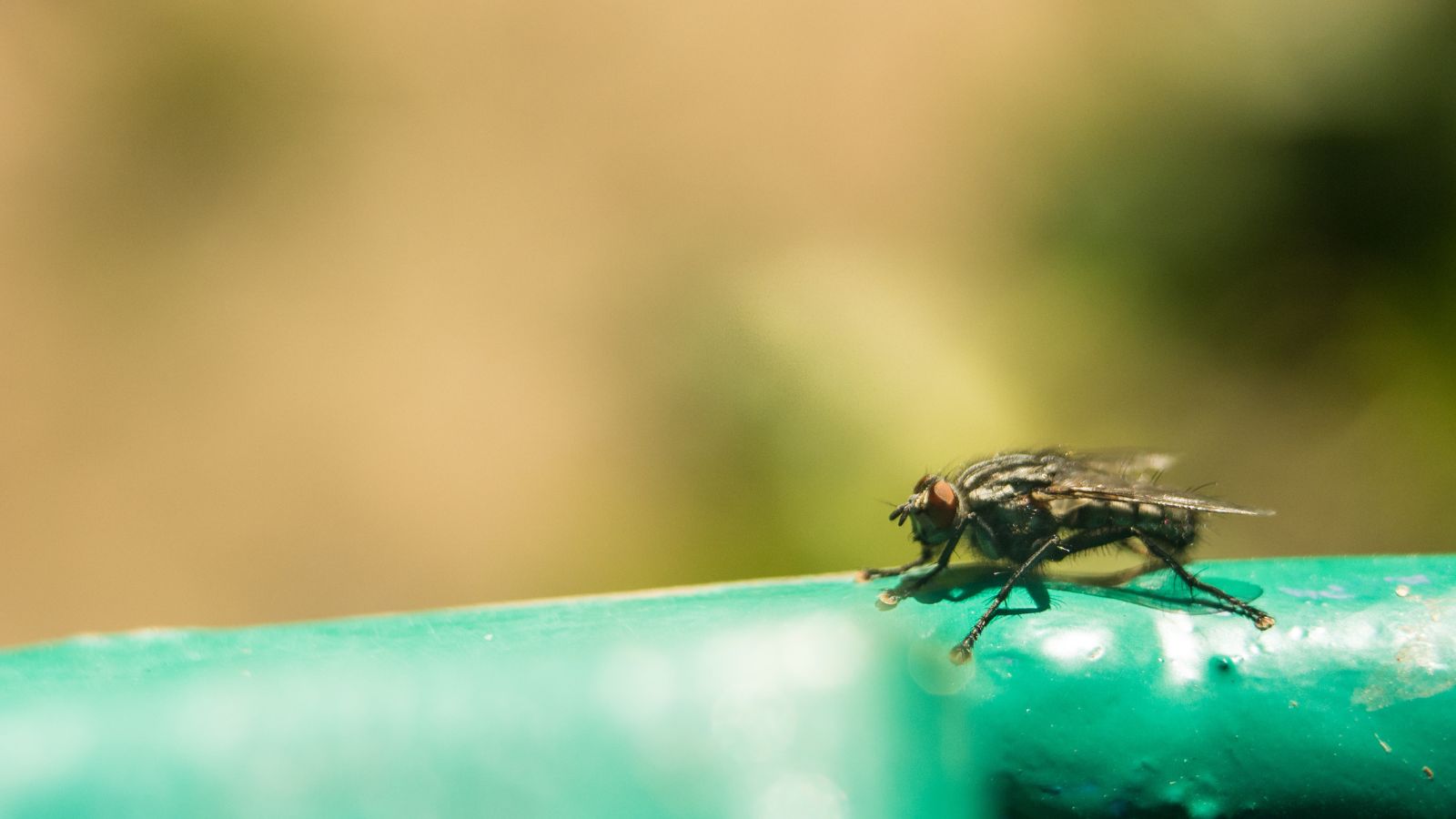
This insect is native to Sub-Saharan Africa and has a painful bite that can be lethal due to its ability to transmit a protozoan parasite that causes trypanosomiasis, or sleeping sickness. The CDC warns that symptoms such as fever, muscle aches, fatigue, and headaches can result in death if left untreated.
Asian Giant Hornet (Vespa mandarinia)
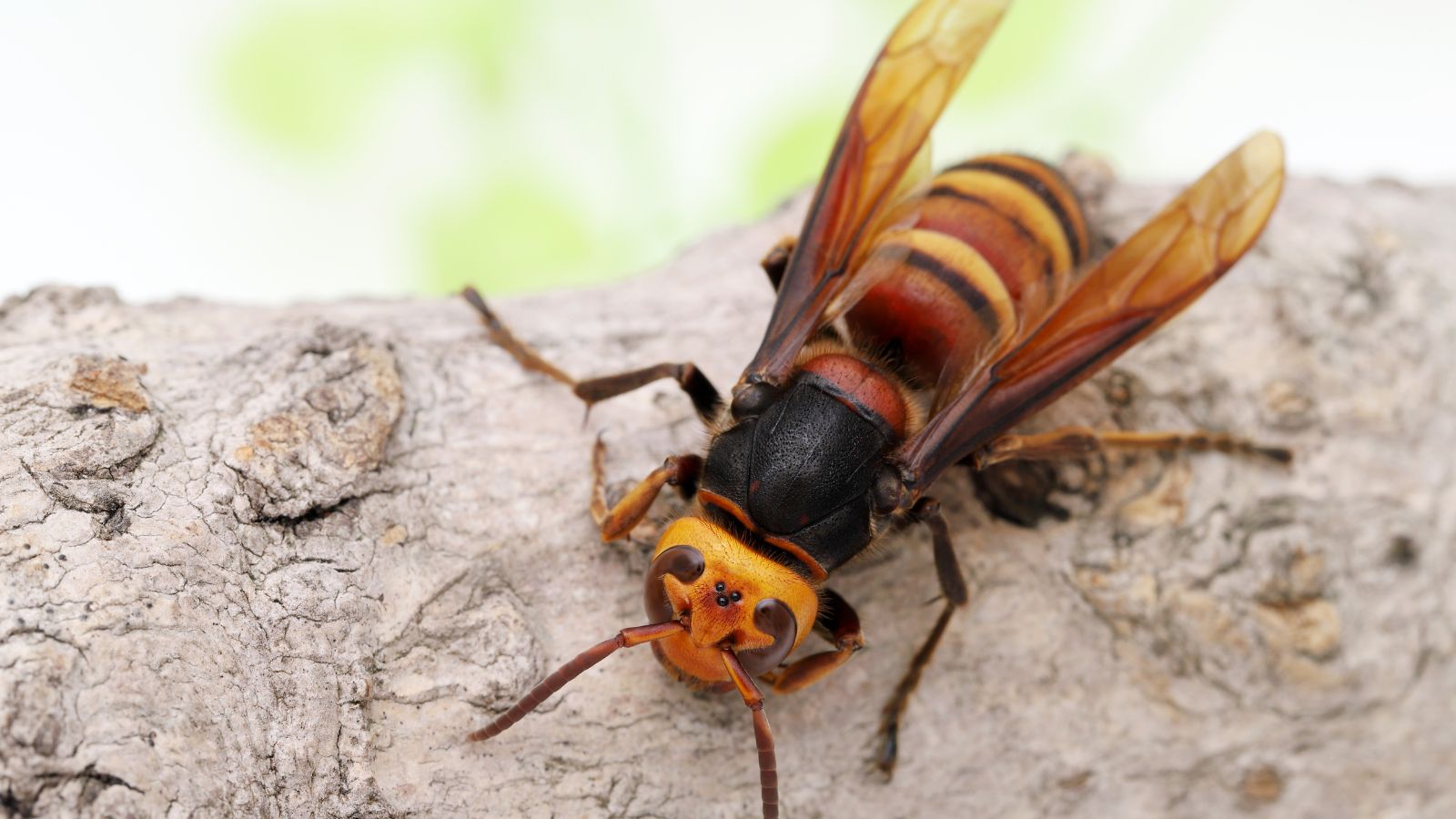
Dubbed the “murder hornet,” the Asian giant hornet is the largest hornet species, at over two inches long. The New York Times claims that its aggressive nature and venomous sting can cause allergic reactions and even death in rare cases. Its venom contains a neurotoxin that dissolves tissue and induces anaphylactic shock in allergic individuals.
Africanized Honey Bee (Apis mellifera scutellata)
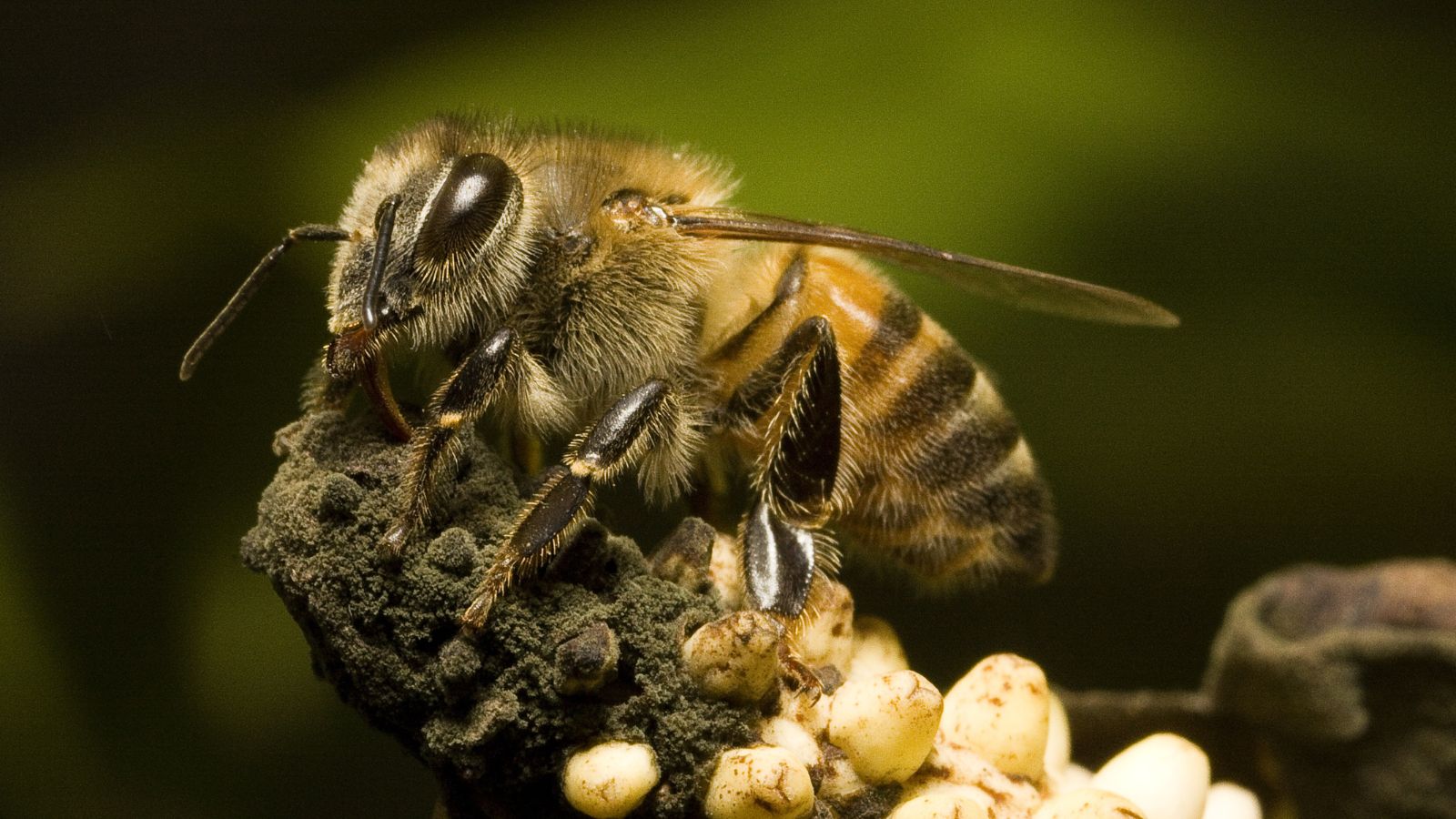
Although their venom is not more potent, these bees are more aggressive and determined than the European honey bee. The Smithsonian Institution states, “Since their introduction into Brazil, they have killed some 1,000 humans.” Victims receive ten times as many stings, and swarms are much more reactive—they have been known to chase people ¼ of a mile!
Fire Ant (Solenopsis invicta)

Fire ants are aggressive, red ants whose bites cause intense pain that develops into a burning, itching sensation and pus-filled sores after a few days. Although not typically fatal, Medical News Today warns that the venom can cause an intense allergic reaction, anaphylaxis, and even death.
African Driver Ant (Dorylus spp.)

Some scientists regard African driver ants as the most immediately deadly insects on the planet due to their aggressive and unstoppable raids across the ground. Although their painful bites aren’t deadly to healthy adults, their huge swarms can overwhelm children, the elderly, sick, or immobile individuals.
Kissing Bug (Triatoma spp.)
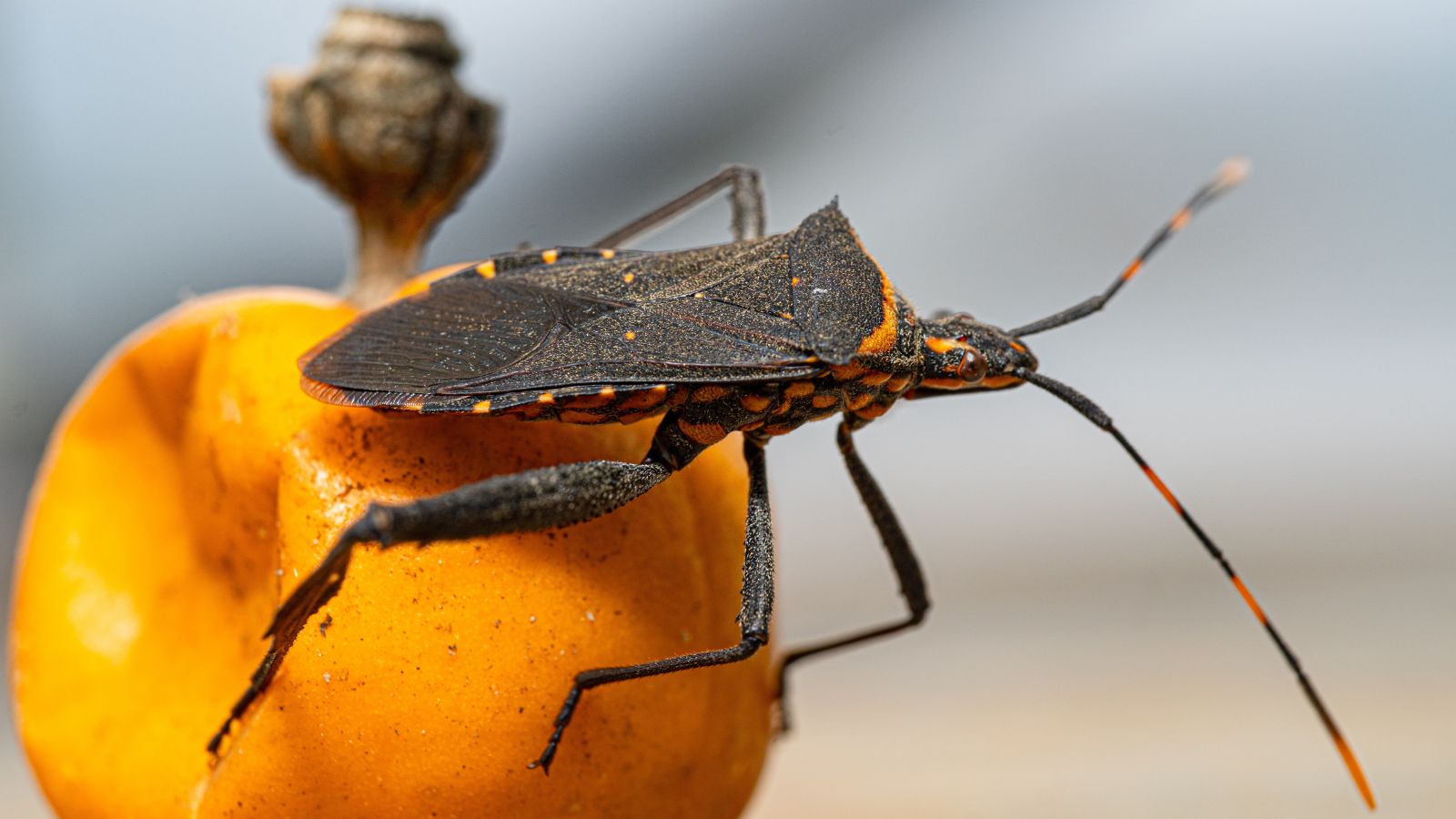
UCLA Health says, “A ‘kissing bug’ might sound cute, but these insects transmit a parasite that can cause deadly disease.” If the bug defecates near a bite, a parasite that causes Chagas disease can enter the victim’s body. The asymptomatic disease usually goes unnoticed until it causes severe cardiac and gastrointestinal problems.
Deer Tick (Ixodes scapularis)
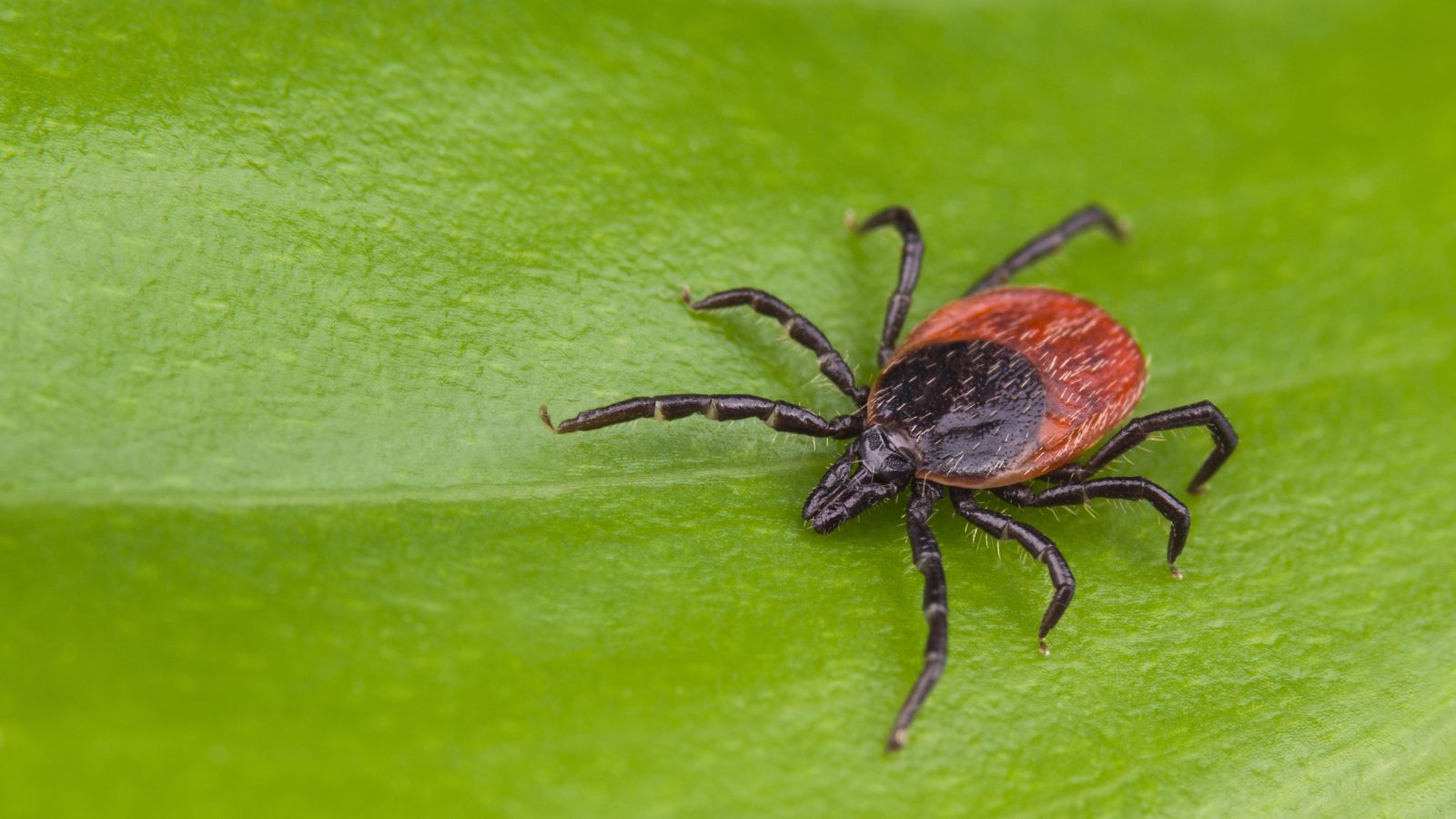
Also known as black-legged ticks, these are the primary carriers of Lyme disease, which can inflict people, manifesting as fever, headache, fatigue, and a characteristic skin rash. The Mayo Clinic states the disease is caused by Borrelia bacteria, and if left untreated, the infection can spread to the joints, heart, and nervous system.
Red Imported Fire Ant (Solenopsis invicta)

This species of ant has been unintentionally introduced to many areas of the world where it isn’t native and is a significant agricultural pest. It also poses a threat to humans because it is aggressive and attacks en masse when its nests are disturbed. Its stings cause severe pain and swelling and, in some cases, life-threatening allergic reactions.
Human Botfly (Dermatobia hominis)
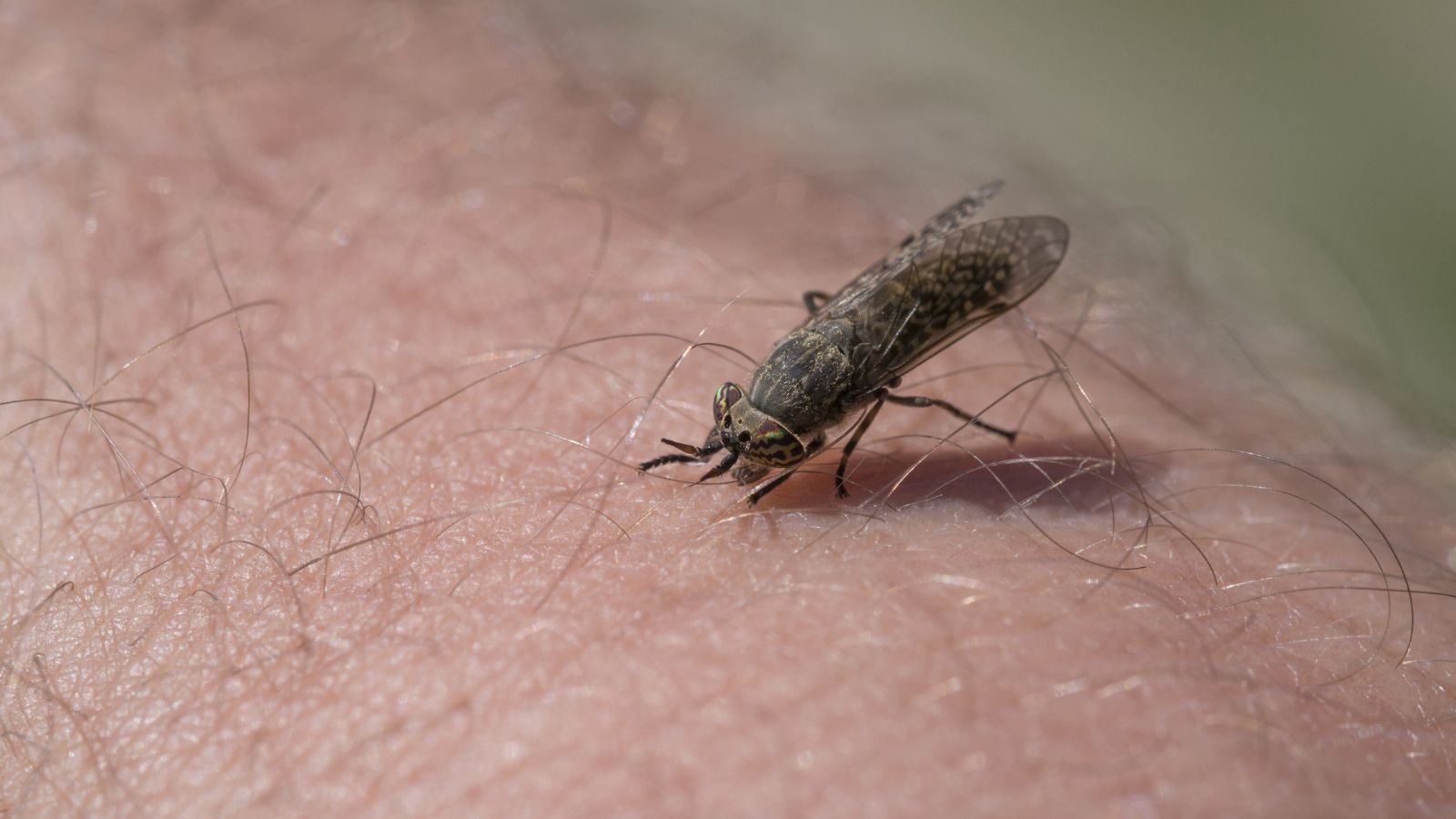
The NIH reports that this fly species has an unsettling reproductive strategy. They lay eggs on mosquitoes that then inject them under the skin of mammals (including humans), where the larvae develop before erupting! While not typically fatal, the resulting boil-like lesions are painful and large, often becoming infected and requiring medical treatment.
Bullet Ant (Paraponera clavata)
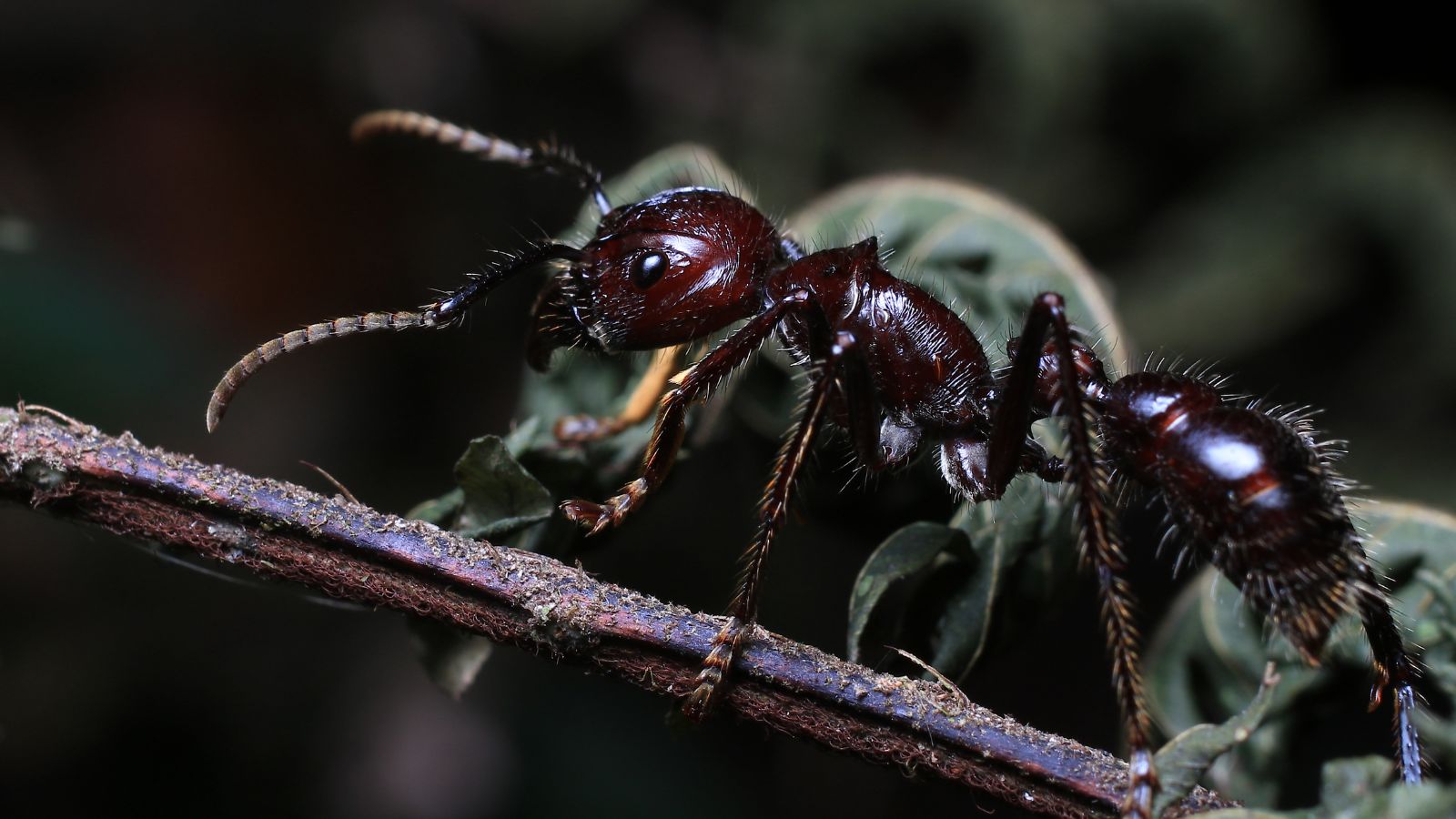
This large and aggressive species of ant is native to the tropics of the Americas and is named for its intensely painful sting, said to be akin to being shot! Although they rarely kill humans, their venomous stings cause hours of intense agony, alongside other unpleasant symptoms like shaking and sweating.
Assassin Caterpillar (Lonomia obliqua)
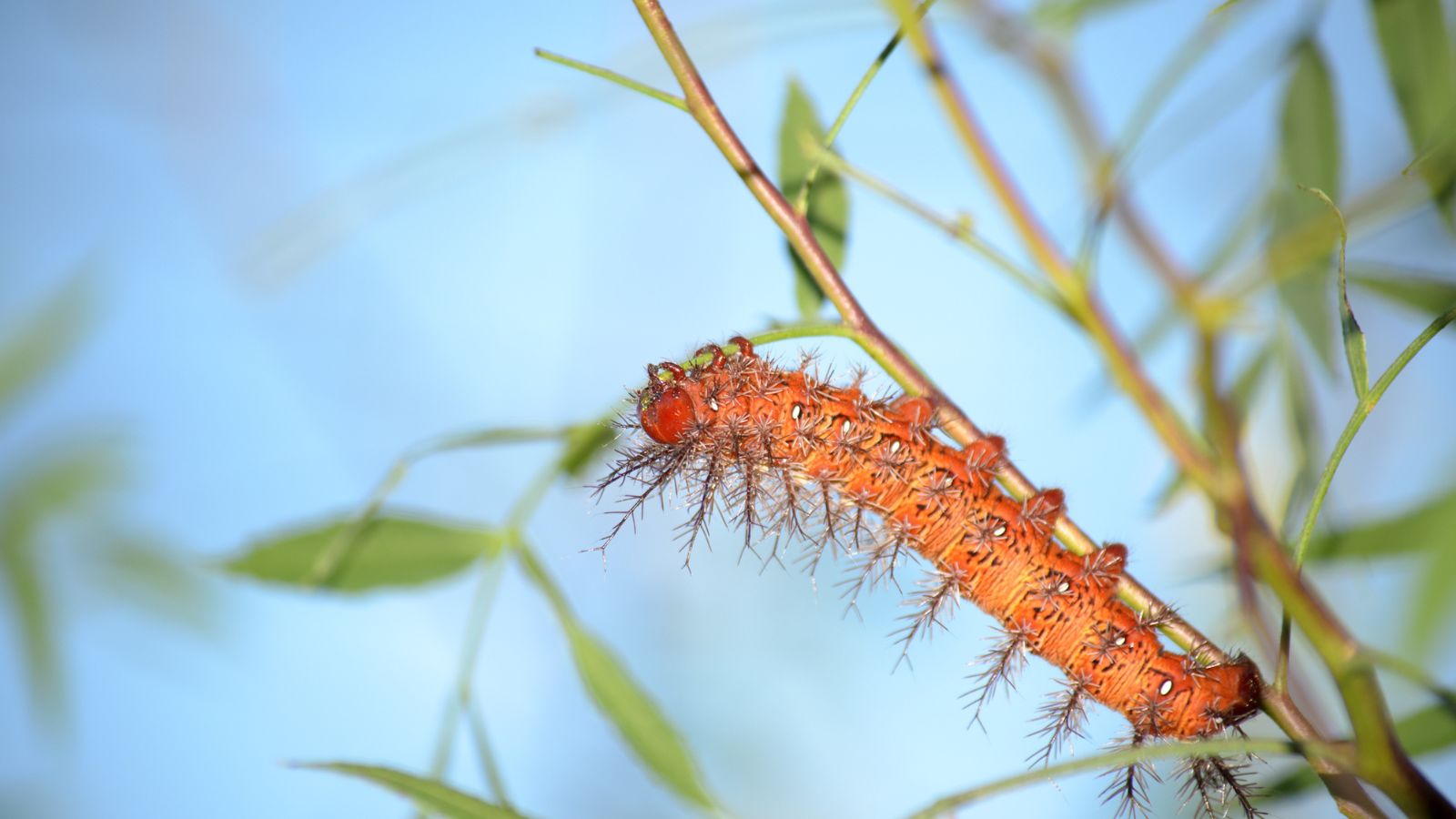
This insect’s terrifying name may somewhat overstate its kill count, but it’s been responsible for several fatalities. BBC Wildlife reports it’s the larval stage of the giant silkworm moth and has venom-injecting bristles along its body for defense. The toxin is an anticoagulant and causes a burning sensation—vomiting, kidney failure, internal bleeding, and even death can follow.
Sand Fly (Phlebotomus spp.)
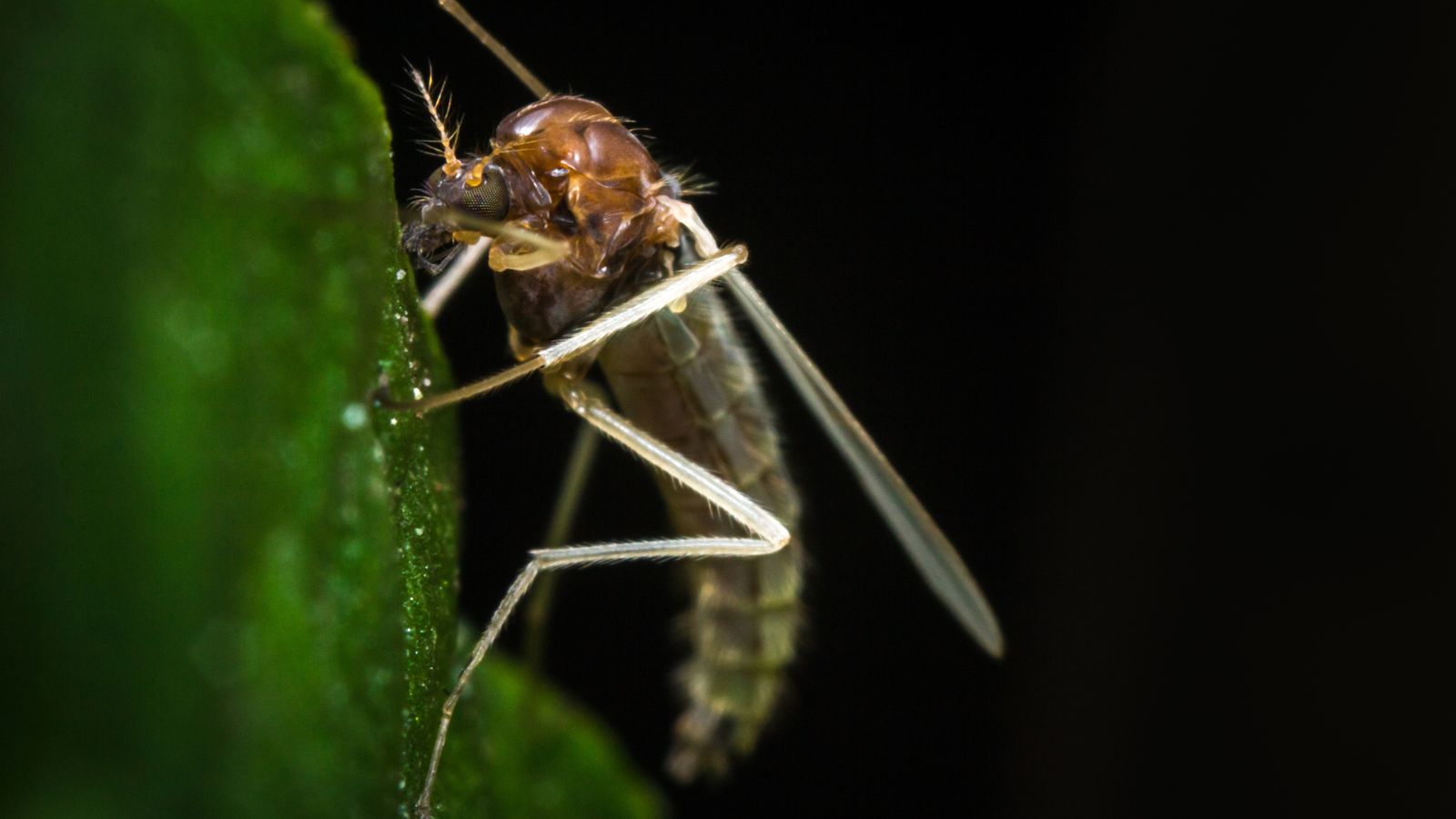
These tiny, biting flies transmit a blood-borne parasite that causes the disease Leishmaniasis, affecting the skin and internal organs. Although most common in canines, the disease can be transmitted to humans and causes painful skin sores and (if not treated properly) irreparable damage to the sufferer’s spleen, liver, and bone marrow.
Congo Floor Maggot (Auchmeromyia senegalensis)

Also known as the Putzi Fly in its adult form, this insect is a non-biting fly whose larvae feed on the tissue of living mammals, including humans. While the larvae don’t transmit diseases directly, their feeding behavior can cause pain and severe skin infections. The maggots are especially known to target sleeping humans. Yikes!
Tarantula Hawk Wasp (Pepsis spp.)
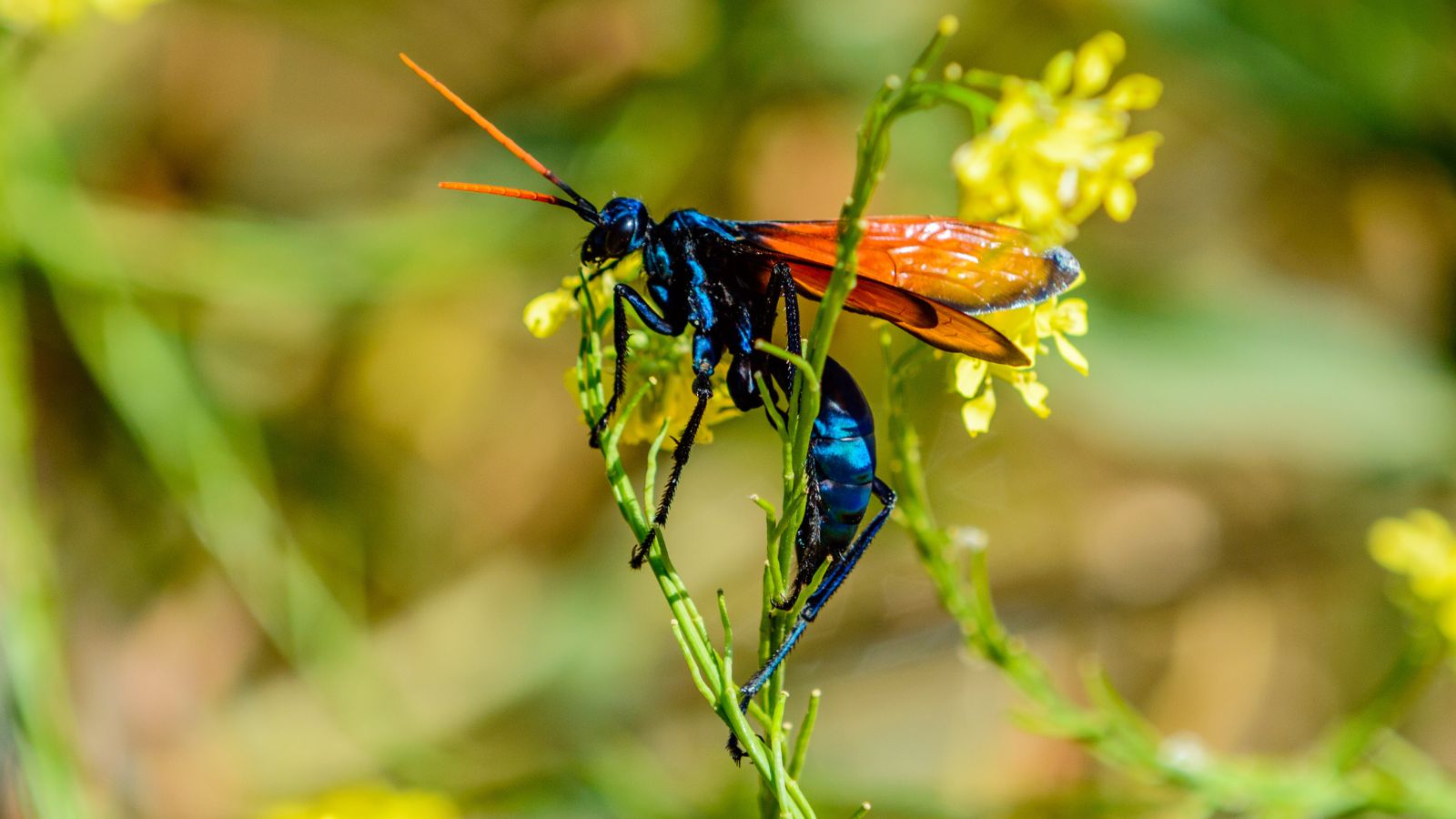
These large wasps can grow to 4.3 inches in length and hunt tarantulas! The Natural History Museum claims they have the most painful sting known to man but are ranked second on the ‘painful sting’ index after bullet ants because their stings do not induce such prolonged agony (wasp stings typically abate after five minutes).
Deer Fly (Chrysops spp.)
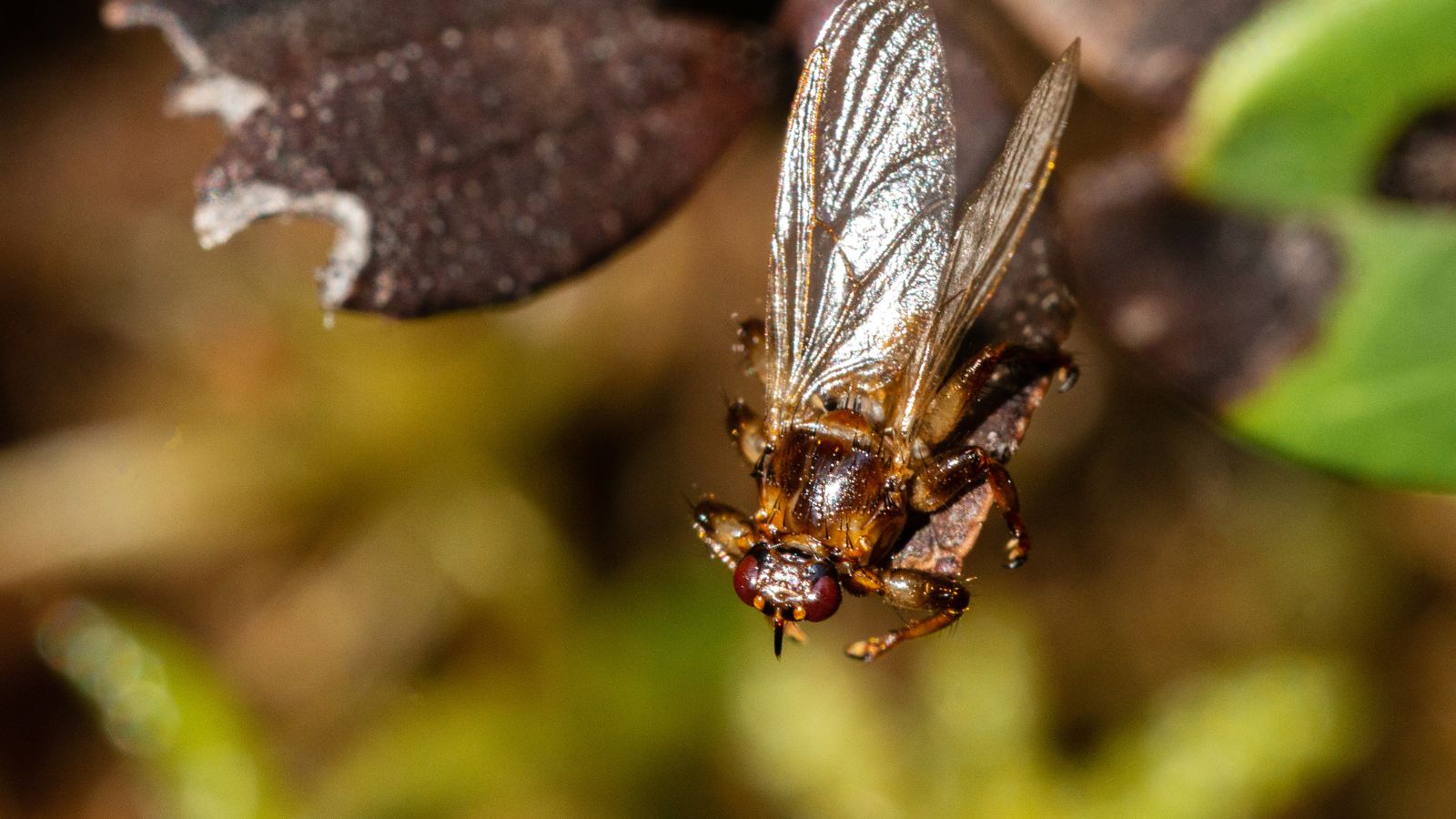
Although these flies aren’t dangerous alone, they transmit a nasty human parasite called the African eye worm (Loa loa). This parasitic nematode causes itchy swellings, localized pain, and even blindness when the adult worms migrate across the eye, causing permanent eye damage. Although not fatal, disability and secondary infections are common.
Blister Beetle (Meloidae spp.)
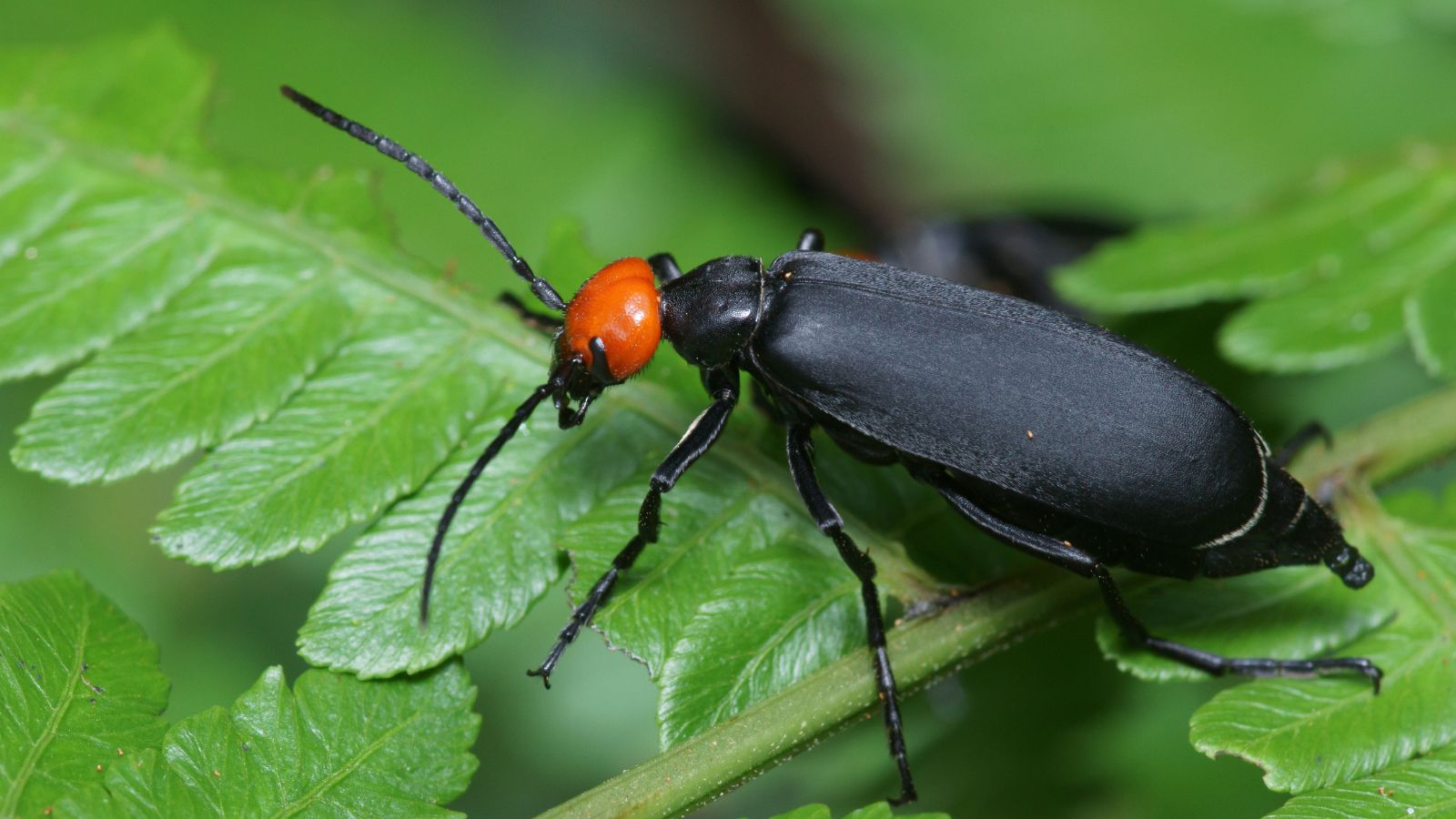
Although these beetles are capable of killing a human, you’d have to eat a lot of them in order to perish. They are more of a threat to horses, who eat high volumes if the beetles infest their food source of hay or alfalfa. Blister beetles secrete a defensive toxin called cantharidin, which causes skin blistering in humans, even in low doses.
READ MORE

Anyone who says they don’t have an unhealthy, embarrassing, or time-wasting habit is lying. We all have them, and some really aren’t great for us. Let’s look at 19 guilty habits that we should really stop indulging in.
19 THINGS WE DO IN SECRET THAT ARE MORE COMMON THAN YOU THINK
19 THINGS PEOPLE WOULD OUTLAW IF THEY RAN THE WORLD

Let’s face it, there are some things out there that really grind your gears, but would you ban them if you could? A recent internet survey asked, “What would you ban if you knew you had the final say?” Here are the top 19 answers.
19 THINGS PEOPLE WOULD OUTLAW IF THEY RAN THE WORLD
13 BOOMER STEREOTYPES WE NEED TO STOP BELIEVING RIGHT NOW

It’s time to set the record straight! Baby boomers, born between 1946 and 1964, have long been saddled with numerous stereotypes that simply don’t hold water. These generalizations can be unfair, misleading, and downright incorrect. Here are 13 boomer stereotypes that need to be debunked pronto!
13 BOOMER STEREOTYPES WE NEED TO STOP BELIEVING RIGHT NOW
23 THINGS THAT DECLINED IN QUALITY BUT INCREASED IN PRICE WITHOUT PEOPLE REALIZING

Have you ever noticed that some things don’t seem to be as good as they used to be, but they cost more than ever? It’s frustrating, but we often just accept it as the norm. In this post, we highlight 23 things that declined in quality but increased in price without people realizing. Let’s dive in.
23 THINGS THAT DECLINED IN QUALITY BUT INCREASED IN PRICE WITHOUT PEOPLE REALIZING
20 THINGS OLD PEOPLE LOVE THAT THE REST OF US DON’T UNDERSTAND

Different generations enjoy different things, but have you ever seen something an old person loves and thought to yourself, why? A recent internet survey asked, “What is something that old people love that you don’t understand?” Here are the top 20 answers.
20 THINGS OLD PEOPLE LOVE THAT THE REST OF US DON’T UNDERSTAND
